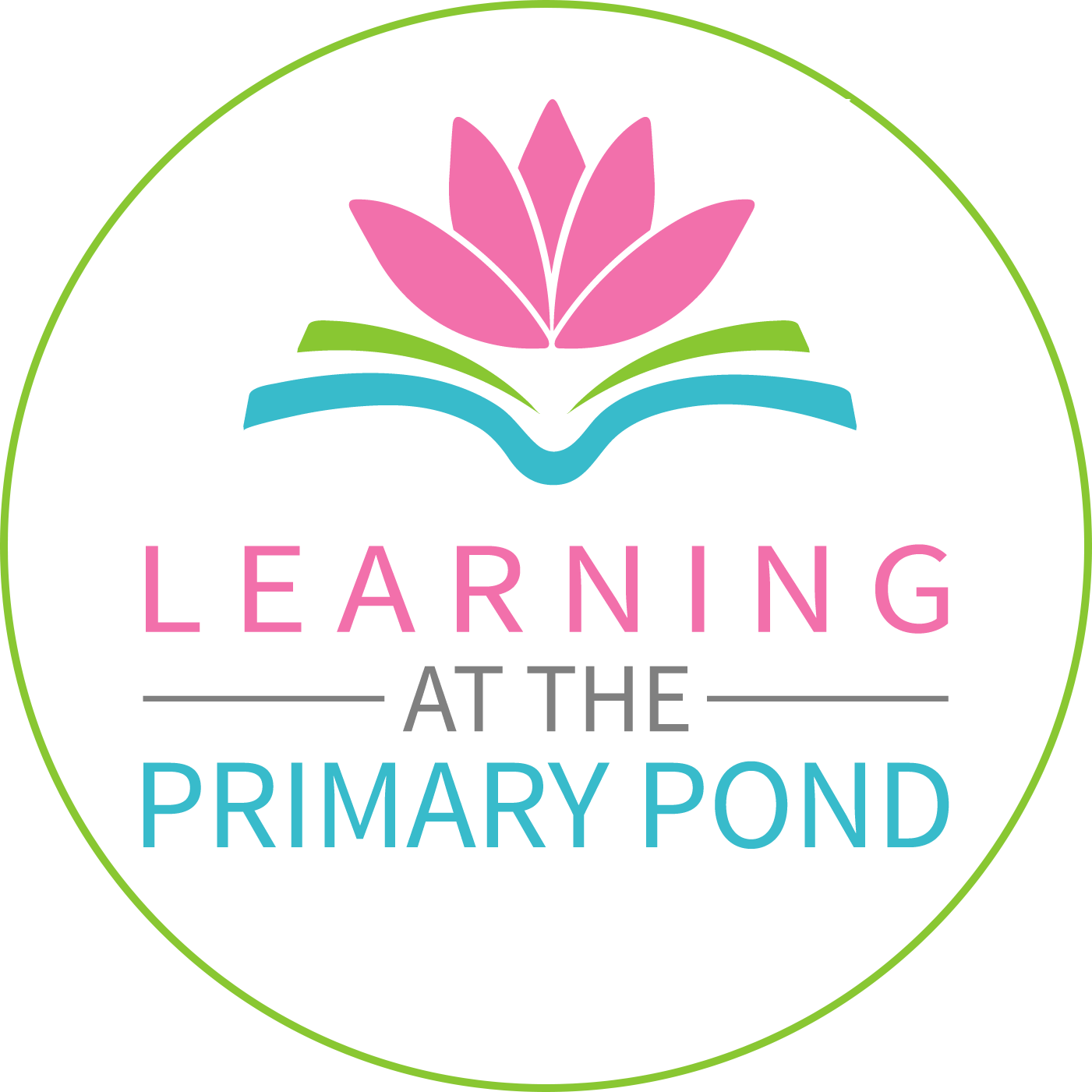How to Choose a Science of Reading Course
Searching for a high-quality Science of Reading course? In this post, I’ll share 3 key characteristics to look for when choosing a training course to help you learn about the Science of Reading.
Before we dig into the characteristics, let’s first define what the Science of Reading is. The Science of Reading, which is sometimes abbreviated as SoR, is a large body of research about how reading happens in the brain. It also includes the instructional practices that are most effective for teaching reading.
The Science of Reading is not a new trend in literacy instruction. Decades of research have shown us the most effective way to teach reading.
That said, the Science of Reading may still feel new to classroom teachers and reading teachers! At the time that I’m writing this, many teachers and educational professionals currently working in schools were not taught many of the foundational concepts and best practices of the Science of Reading. Some teachers understand certain Science of Reading concepts, but are still lacking knowledge in other areas.
Unfortunately, a lack of evidence-based teaching (which results from not knowing about the Science of Reading) has a negative impact on student outcomes. Teaching literacy can be challenging. If educators aren’t equipped to teach foundational skills and support students who are struggling, many students will experience difficulty in learning to read.
If you’re a teacher who hasn’t yet had the opportunity to develop this professional knowledge, there’s good news – you can absolutely take a Science of Reading course to educate yourself and make sure that you know how to best help your students come strong readers!
Let’s talk about 3 things you should consider when choosing a Science of Reading course:
1 – Choose a course that covers ALL areas of the Science of Reading.
The Science of Reading is sometimes misunderstood to be all about phonics, phonological awareness and phonemic awareness, and teaching high frequency words (sometimes referred to as “sight words”).
But there is SO much more to the Science of Reading!
While these areas (phonics instruction, phonemic awareness, high frequency words) are certainly important, children also need to build fluency, acquire vocabulary, grow their background knowledge, and learn language comprehension skills.
Reading is a complex process, and it requires much more than being able to decode the words of a text. When you choose a Science of Reading course, make sure to select one that covers each key component of reading instruction.
My Science of Reading course (Implementing the Science of Reading in K-2: Blueprint for Your Structured Literacy Block) includes videos on all of these topics:
- Oral Language
- Phonics
- Phonological Awareness (including Phonemic Awareness)
- Fluency (including High Frequency Words)
- Vocabulary
- Reading Comprehension (and Language Comprehension)
- Writing
It’s important to understand the full picture of effective reading instruction, which is why it’s so important to choose a course that goes beyond just phonics instruction.
2 – Select a Science of Reading course that makes direct connections to real classroom practice.
It’s one thing to take in information, and another to actually know how to apply the information in your classroom, both in your core instruction and to meet students’ specific needs.
The whole point of learning about the Science of Reading is so that you can improve student reading achievement. Therefore, it’s super important to choose a professional development course that shows you how to do just that! Some literacy experts may know a lot about the research, but they’re removed from the realities of daily classroom life. As a result, you end up struggling to implement their suggestions.
In my Science of Reading online course, I include photos and real examples so that you can see what it looks like to apply the information in your teaching.
I also include a detailed schedule for literacy instruction in Kindergarten, first grade, and second grade. It can be challenging to figure out how to fit everything in, so using my structured literacy schedules will save you hours and lots of stress.
3 – Choose a course that is realistic for you to complete.
Teachers are busy! Although there is a lot to learn about the Science of Reading, it’s also important not to take on too much at once.
When I created Implementing the Science of Reading in K-2: Blueprint for Your Structured Literacy Block, I intentionally pulled out the most important pieces of information for you to focus on, so you wouldn’t get bogged down in the weeds.
The content of my course (6+ hours of training total) is also broken up into 16 videos. My recommendation is that you watch a video, pause and implement (if you are currently teaching), and then return to watch the next training module.
Sustainable changes in your classroom practice happen when you focus on one area, try out what you’re learning, and adjust. If you try to change too much at once, you won’t be able to devote enough time to really be successful in making these changes.
My course makes it easy to focus on the most important information and to take things step-by-step, so you don’t end up overwhelmed. It’s a self-paced course, meaning that you can watch the videos at your own pace, whenever your schedule allows it. Plus, when you purchase the course, you get “forever access,” so you can return and watch the videos whenever you need a refresher!
Conclusion
I hope this article was helpful to you in making a choice about a Science of Reading course!
Here’s a summary image of the 3 considerations we discussed in this post:

Implementing the Science of Reading in K-2: Blueprint for Your Structured Literacy Block makes it easy to learn about the Science of Reading and improve your literacy instruction. Over 1,500 educators (and counting!) have taken the course so far. The course benefits classroom teachers, instructional coaches, school leaders, and even district leaders. Pre-service candidates who are not yet teaching will also benefit from the course.
If you’d like additional information like the topics covered in the course, the supplemental materials you receive, your certificate of completion, and the cost of the course, click the image below.


